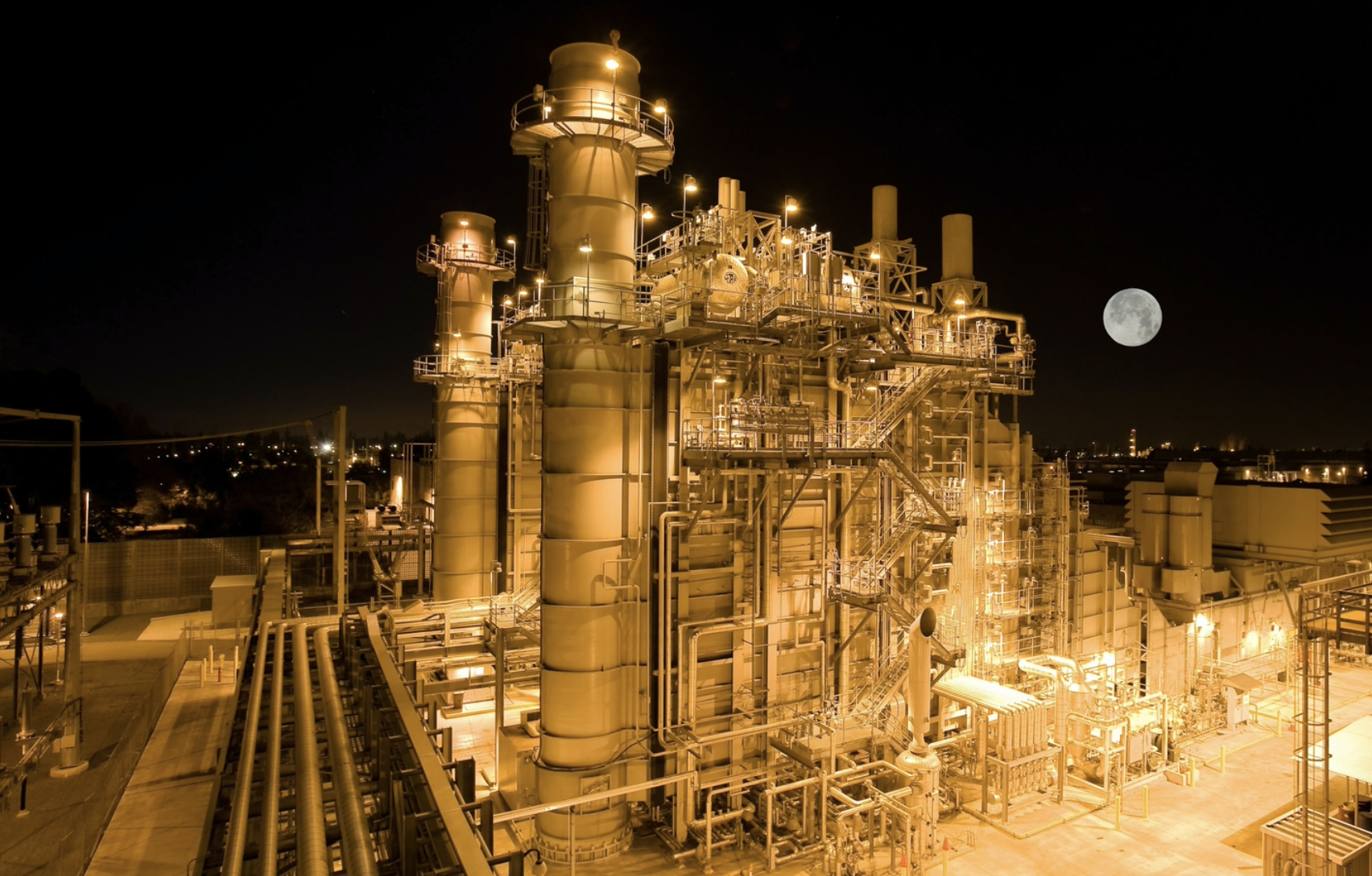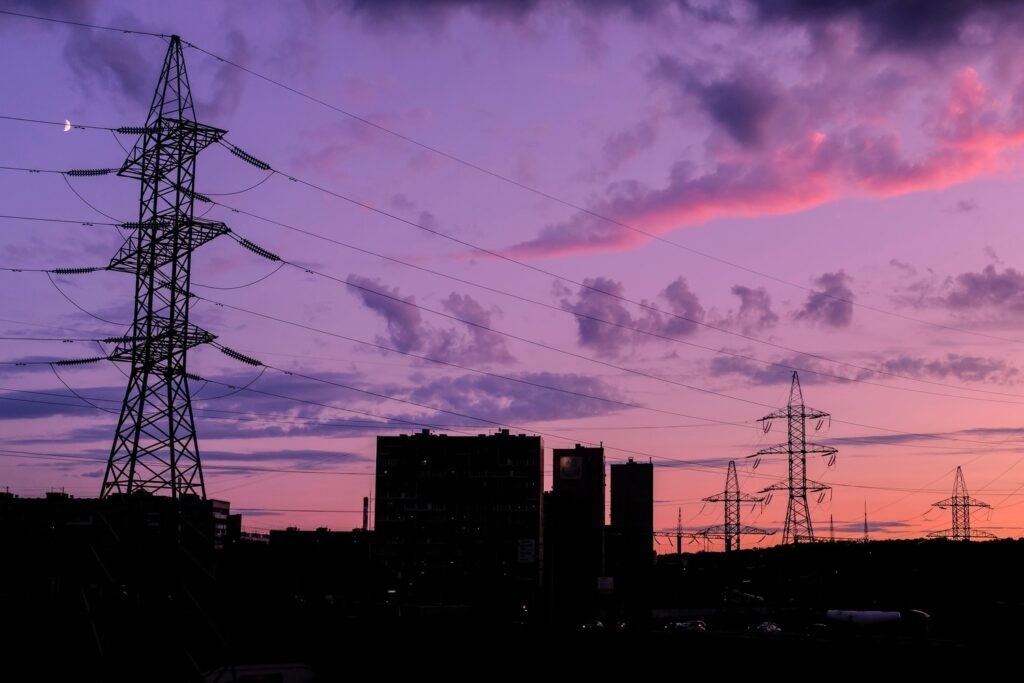Industry
The Truth About Nameplate Capacity: Just the Starting Point
A frequent misconception among those outside the power generation industry is the expectation that energy output is consistent and predictable. In reality, the situation is much more nuanced.
4 Federal Agencies Invest $4M in ADL & Key Partners to Advance Industrialized Construction
ADL has long articulated the potential of Industrialized Construction (IC) to revolutionize the U.S. construction sector. Industrialized Construction, an advanced manufacturing-centric approach to building buildings, could reverse the construction sector’s declining productivity, satisfy missing middle housing & building supply, bring sustainable employment opportunities to disadvantaged communities, and could help address the sector’s massive impact on climate change.
How To Cross the Startup-Corporate Divide With Novel Climate Technologies
A recent ADL Ventures run “innovation summit” at PG&E, America’s largest investor owned utility, featured a keynote from Elon Musk and attracted an astounding 600+ applications for their upcoming Pitchfest. How can other corporations unlock the power of start-up partnerships at such a massive scale, and how do start-ups navigate this highly selective and often intricate process?
Methane Monitoring: Deploying Innovations to Detect Fugitive Emissions
Methane seeps into the atmosphere from leaks along the natural gas chain, and reducing these fugitive emissions represents one of the least costly solutions for limiting greenhouse gases in the short term. Each cubic foot of leaked gas constitutes wasted value from fixed assets failing to serve consumers. Federal regulations for methane emissions are evolving, and innovators are developing creative new tools for efficient, comprehensive monitoring of natural gas leaks; the challenge now lies with facilitating their deployment.
ADL Insights: Climate Tech Venture Fundamentals in a Post-SVB World
The Deposit Insurance National Bank of Santa Clara” sounds like a made-up business name from an SNL skit or perhaps a cheeky Sunday Night Football intro (like THE Ohio State University), but for much of the weekend this very real and unexpected FDIC receivership entity for the bank formerly known as SVB held the fates and near-term liquidity of over half of America’s start-ups in its hands.
Could Lagging Demand Pop the Clean Hydrogen Balloon?
Especially with the unknown potential for gold hydrogen, now is the time for utility companies and hydrogen hubs to step up to create a strong yet balanced hydrogen industry. Investment in a diverse demand chain for hydrogen must happen today to avoid the economic danger of a supply/demand imbalance and a price crash. While research remains ongoing, hydrogen’s wholesale price could fall far faster than was previously expected, and so development of hydrogen offtake infrastructure cannot be delayed.
What “Beneficial Planned Obsolescence” Can Teach Us About the Energy Transition
Beneficial Planned Obsolescence (BPO): The process and/or resulting quality of intentionally becoming obsolete due to the pursuit of maximizing customer and/or societal value.
A Resurgence in Domestic Solar Manufacturing Drives New Funding Opportunities for Emerging Market Players
$27M PV Incubator Funding Opportunity Headlines Key Innovation Opportunities; ADL Continues to Support Multiple DOE / NREL Initiatives
The British Energy Crisis Shouldn’t Kill… But It Should Hurt
The United Kingdom is facing the worst energy crisis in Western Europe, with no long-term plan to get out. As the British government strives to address this problem, it must look beyond short-term solutions and instead focus on the true root causes of the high prices: fossil fuel dependence and systemic energy inefficiency.
Redefining Carbon Credits
Offsets (AKA “credits”) are certificates representing the reduction of one metric ton of carbon dioxide from one source (e.g., planting trees) to compensate for the equivalent amount of carbon emitted from a different source (e.g., power plant).
Leveraging Ammonia for Clean Energy
Ammonia production and utilization can be CO2 free, but its use for energy applications remains a relatively new area of research, and the promising technologies enabling its use must be further developed before ammonia can safely and cost-effectively play a significant role in shifting the country away from fossil fuel dependence.
Analyzing Utility Patents: A Lens Into Industry Innovation
Internal research and development (R&D) funding and external investments are unlocking new tools for energy generation, transmission, and distribution. As utilities curate larger IP portfolios, knowledge sharing and commercialization will play a larger and larger role in creating value across all services -- especially in an industry which typically enjoys more cooperation than competition.
Expanding End-Use Applications for Captured Carbon
Carbon Capture, Utilization and Storage (CCUS) and Direct Air Capture (DAC) technologies could offer powerful solutions for removing carbon dioxide from emissions sources and even the ambient atmosphere. But to enable CCUS and DAC to achieve their full potential and tap into the practically limitless supply of incoming and atmospheric carbon, we also need to think about demand for the captured product. Developing new end applications for captured CO2 can spur an external demand shock that drives wide and profitable deployment of the technologies.
Repurposing Natural Gas Lines: The CO2 Opportunity
1.6 million miles. That's long enough to go to the moon, circle it, come back to the Earth, and circle that too… three times! (With 100,000 to spare, too.)
Repurposing Natural Gas Lines: The Hydrogen Opportunity
Call it a crisis or call it an opportunity - but it’s clear that the gas supply chain faces strong winds in its future. The winners in the energy transition will be those who shift their sails early and catch the winds blown by shifting regulations, policies and customer preferences. If you’re curious how ADL can help you leverage innovation to stay ahead of this transition, click the “Schedule a conversation” button at the bottom of this page.
Utilities Will Shape - Or Be Shaped by - A Net-Zero America
At the end of 2020, a team of researchers from Princeton University published an interim report on the potential pathways to reaching a net-zero (emissions) America. The main goal is to keep global temperature rise below 2 degrees Celsius to avoid the worst effects of climate change. Recognizing that Earth’s increasing temperatures are climbing more drastically than initially thought, they encourage a plan for reaching net-zero carbon emissions by 2050.
Hidden Within the December Stimulus Package: Reimagining the Utility
The December 2020 $900B Stimulus Package contained a hidden gem: the Energy Act of 2020 — an extensive funding opportunity for clean energy.
Mitigating the Impacts of Power Shutoffs through Building–Grid Integration
In this article co-authored with Rocky Mountain Institute’s Edie Taylor, ADL Ventures Partner Chris Richardson and Principal Ben Silton describe ways in which utilities and building owners and operators can work together to propagate resilient buildings in the form of Grid-Interactive Efficient Buildings (GEBs) and microgrids, especially on the heels of the landmark legislation FERC 2222 released earlier in 2020.
As Hard as It Gets: Utility Hardening Efforts Under the Threat of Climate Change
At the current pace, it would take over 300 years to sufficiently harden the US electricity grid. As the climate changes and weather risks accelerate, it’s time to harden the grid faster and better. We need to do better than deploying more field workers for inspection and repair; we must deploy a suite of novel technologies that can scalably protect the grid and the customers that depend on it. Nothing less than the future of the utility is at stake.




















